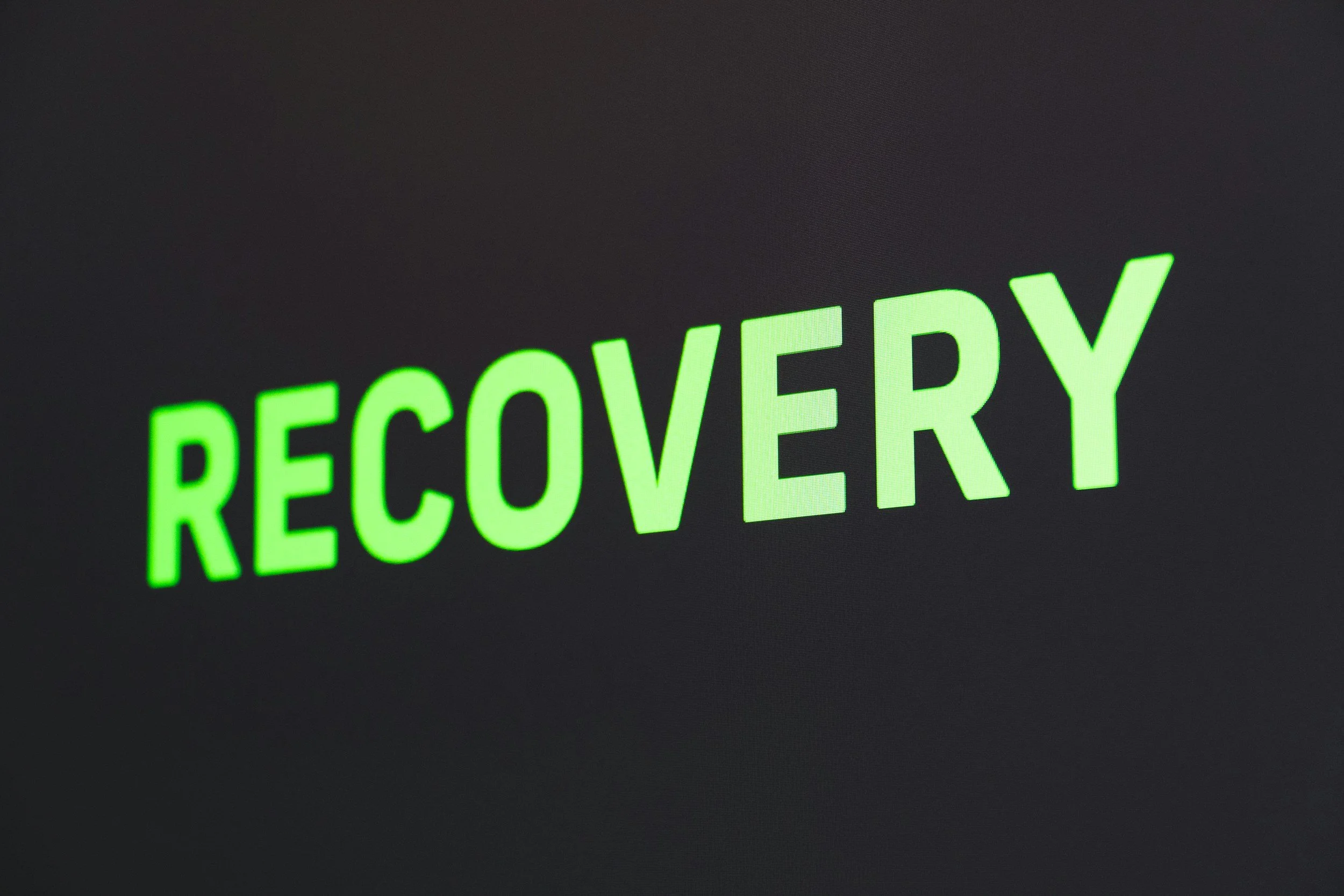Relapse Prevention Plan: Your Path to Lasting Recovery
Leaving a treatment facility can feel like a major milestone in your journey to recovery. You've worked hard to break free from the grip of addiction, and now you’re stepping into the world anew. But with this newfound freedom comes responsibility, and one of the most important steps you can take is to create a solid relapse prevention plan. Here’s how to make sure your recovery stays on track.
1. Understand Your Triggers
Relapse often begins with a trigger—an event, emotion, or situation that leads you to crave substances. These can be internal, like feelings of stress, loneliness, or anxiety, or external, such as certain people, places, or events. It’s crucial to identify your specific triggers and develop strategies to avoid or cope with them.
2. Develop Healthy Coping Mechanisms
When you were in treatment, you likely learned about various coping mechanisms. Now, it’s time to put them into practice. This might include exercise, meditation, deep breathing exercises, or hobbies that keep your mind engaged. The key is to find activities that help you manage stress and emotional pain without resorting to substance use.
3. Establish a Strong Support System
Recovery is not a journey you need to take alone. Surround yourself with supportive friends, family, and professionals who understand your struggle and can provide encouragement. Consider joining a support group like Narcotics Anonymous (NA) or Alcoholics Anonymous (AA), where you can connect with others who are going through similar experiences.
4. Create a Routine
A structured daily routine can help you maintain a sense of normalcy and purpose. Plan your day with regular activities, including work, exercise, meals, and leisure. This structure can reduce boredom and the likelihood of turning to substances to fill the void.
5. Set Realistic Goals
Setting short-term and long-term goals can provide motivation and direction. These goals don’t have to be monumental—they can be as simple as reading a book, completing a work project, or learning a new skill. Achieving these goals can boost your self-esteem and reinforce your commitment to sobriety.
6. Stay Mindful and Self-Aware
Mindfulness practices, such as meditation or journaling, can help you stay grounded and aware of your thoughts and emotions. Regularly check in with yourself to assess how you’re feeling and what you might need to stay balanced. Self-awareness is a powerful tool in preventing relapse.
7. Have an Emergency Plan
Despite your best efforts, there might be moments when the urge to use becomes overwhelming. Having an emergency plan in place can be a lifesaver. This plan could include contacting a trusted friend or sponsor, removing yourself from a triggering situation, or engaging in a distraction activity.
8. Celebrate Your Successes
Don’t forget to acknowledge and celebrate your achievements, no matter how small they may seem. Recognizing your progress can reinforce positive behavior and keep you motivated to continue your journey.
Conclusion
Recovery is a continuous process, and having a robust relapse prevention plan can make all the difference. By understanding your triggers, developing healthy coping mechanisms, building a support system, and staying mindful, you can navigate the challenges of post-treatment life with confidence. Remember, every day is a new opportunity to reaffirm your commitment to sobriety and build the fulfilling, substance-free life you deserve.
---
**About the Author:**
Dr. Jane Doe is a licensed addiction specialist with over 15 years of experience helping individuals overcome substance use disorders. With a passion for holistic treatment approaches, Dr. Doe advocates for comprehensive, individualized care plans that address the physical, emotional, and social aspects of recovery.

